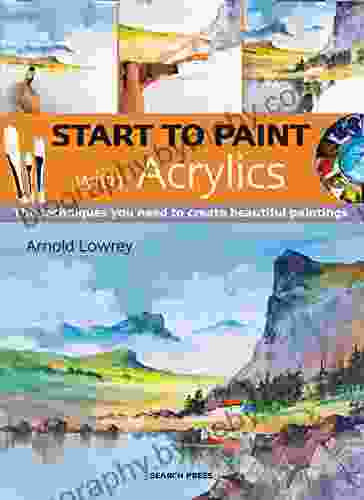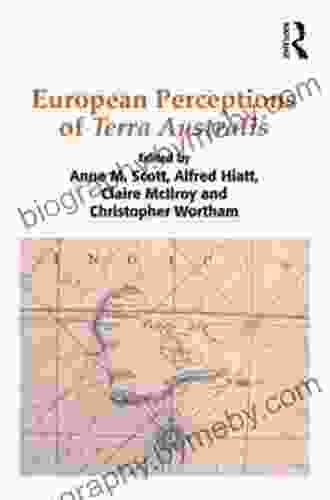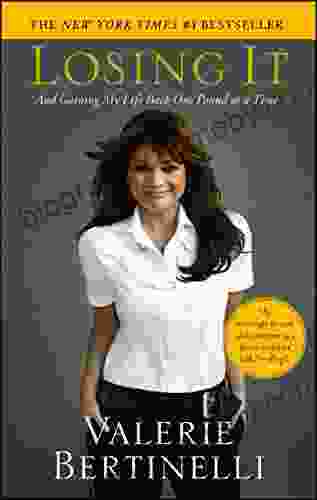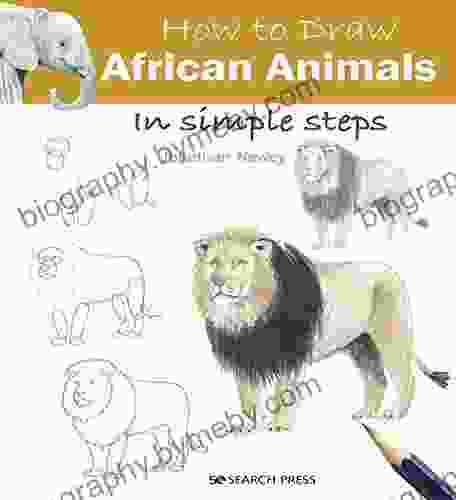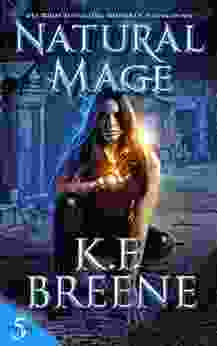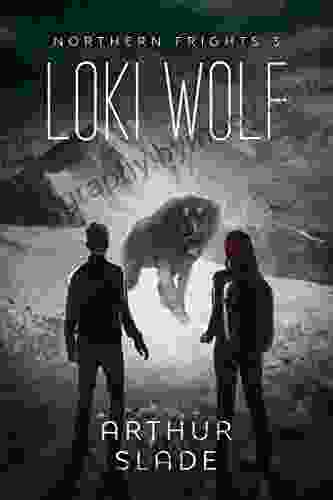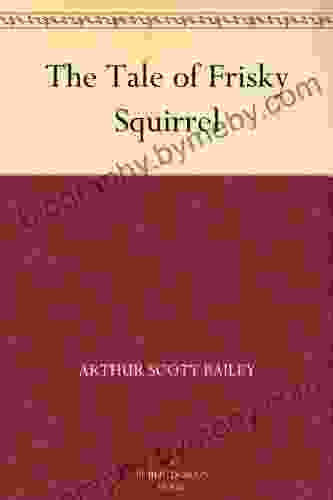Unleash Your Inner Artist: The Techniques You Need to Create Beautiful Paintings

Are you drawn to the allure of painting, but find yourself overwhelmed by the techniques and materials involved? Don't let fear hold you back from exploring this rewarding art form. With the right guidance, you can unlock your artistic potential and create beautiful paintings that will bring you joy and fulfillment.
4.3 out of 5
| Language | : | English |
| File size | : | 277542 KB |
| Screen Reader | : | Supported |
| Print length | : | 96 pages |
This comprehensive guide will delve into the essential techniques you need to master to become a skilled painter. From brushstrokes to color theory, we'll cover everything you need to know to create stunning works of art.
Brushstrokes: The Foundation of Painting
Your brushstrokes are the building blocks of your painting, and mastering them is crucial. The way you apply paint to the canvas can convey emotion, movement, and texture. Here are some key brushstroke techniques to explore:
- Dry brush: Lightly drag a nearly dry brush over the canvas to create subtle, textured effects.
- Glazing: Apply thin, transparent layers of paint to build up color and depth gradually.
- Stippling: Use a series of small dots to create a smooth, textured surface.
- Hatching and cross-hatching: Use parallel or intersecting lines to create shadows and highlights.
Color Theory: The Language of Art
Color is a powerful tool in painting, capable of evoking emotions, setting moods, and creating visual interest. Understanding color theory is essential for creating harmonious and impactful paintings.
The color wheel is a fundamental tool that organizes colors based on their relationships. The primary colors (red, yellow, and blue) cannot be created by mixing other colors. Secondary colors (green, orange, and purple) are created by mixing two primary colors. Tertiary colors are created by mixing a primary and a secondary color.
Color schemes are combinations of colors that work well together. Some common color schemes include:
- Monochromatic: Uses different shades and tints of a single color.
- Analogous: Uses colors that are adjacent to each other on the color wheel.
- Complementary: Uses colors that are opposite each other on the color wheel.
Composition: The Art of Arrangement
Composition is the art of arranging elements within a painting to create visual balance and harmony. There are several principles of composition to consider:
- Rule of thirds: Divide the canvas into thirds horizontally and vertically. Placing important elements at the intersections or along the lines creates a visually appealing composition.
- Golden ratio: Divide the canvas into two parts, one slightly larger than the other. The ratio should be 1:1.618, which is considered aesthetically pleasing.
- Symmetry and asymmetry: Symmetry creates a balanced composition where elements are mirrored on both sides. Asymmetry can create a more dynamic and interesting composition.
Painting Materials: Your Tools of Creation
The choice of painting materials can significantly impact the outcome of your artwork. Here are some common materials to consider:
- Canvas: The most common painting surface, available in various textures and sizes.
- Acrylic paints: Fast-drying, water-based paints that are easy to use for beginners.
- Oil paints: Slow-drying, solvent-based paints that allow for rich, blended colors.
- Watercolor paints: Transparent, water-based paints that create luminous, ethereal effects.
Practice Makes Perfect
Becoming a skilled painter takes time and practice. Don't get discouraged if your first attempts don't turn out as expected. Keep practicing different techniques, experimenting with colors, and studying the works of great masters.
Join art classes or workshops to receive guidance from experienced artists. Seek feedback from peers and don't be afraid to push the boundaries of your creativity.
The journey to becoming a successful painter is filled with both challenges and rewards. By mastering the techniques outlined in this guide, you can unlock your artistic potential and create beautiful paintings that will bring joy to you and others.
Remember, art is a form of self-expression. Don't be afraid to experiment, explore, and find your own unique style. With dedication and passion, you can achieve your artistic dreams and share your creations with the world.
4.3 out of 5
| Language | : | English |
| File size | : | 277542 KB |
| Screen Reader | : | Supported |
| Print length | : | 96 pages |
Do you want to contribute by writing guest posts on this blog?
Please contact us and send us a resume of previous articles that you have written.
 Book
Book Novel
Novel Page
Page Chapter
Chapter Text
Text Story
Story Genre
Genre Reader
Reader Library
Library Paperback
Paperback E-book
E-book Magazine
Magazine Newspaper
Newspaper Paragraph
Paragraph Sentence
Sentence Bookmark
Bookmark Shelf
Shelf Glossary
Glossary Bibliography
Bibliography Foreword
Foreword Preface
Preface Synopsis
Synopsis Annotation
Annotation Footnote
Footnote Manuscript
Manuscript Scroll
Scroll Codex
Codex Tome
Tome Bestseller
Bestseller Classics
Classics Library card
Library card Narrative
Narrative Biography
Biography Autobiography
Autobiography Memoir
Memoir Reference
Reference Encyclopedia
Encyclopedia W Michael Gear
W Michael Gear Gretchen Bakke
Gretchen Bakke Peter Byrne
Peter Byrne James Ellroy
James Ellroy Ann Zwicker Kerr
Ann Zwicker Kerr Michael R Canfield
Michael R Canfield Elizabeth Gilbert
Elizabeth Gilbert Lamis Chebbi
Lamis Chebbi Anna Paskevska
Anna Paskevska Joseph E Stiglitz
Joseph E Stiglitz Ari Goldberg
Ari Goldberg Jonathan Cane
Jonathan Cane Arthur Mitchell
Arthur Mitchell Harriet Putnam
Harriet Putnam Jake Byrne
Jake Byrne Annotated Edition Kindle Edition
Annotated Edition Kindle Edition Robbie Couch
Robbie Couch Joe Palermo
Joe Palermo Annette Thau
Annette Thau Robyn Blakeman
Robyn Blakeman
Light bulbAdvertise smarter! Our strategic ad space ensures maximum exposure. Reserve your spot today!
 Dean CoxFollow ·18.3k
Dean CoxFollow ·18.3k Marvin HayesFollow ·9.6k
Marvin HayesFollow ·9.6k Theo CoxFollow ·10.8k
Theo CoxFollow ·10.8k Will WardFollow ·16.2k
Will WardFollow ·16.2k Curtis StewartFollow ·14.2k
Curtis StewartFollow ·14.2k Jon ReedFollow ·8k
Jon ReedFollow ·8k Dean ButlerFollow ·9.8k
Dean ButlerFollow ·9.8k Christopher WoodsFollow ·5.6k
Christopher WoodsFollow ·5.6k
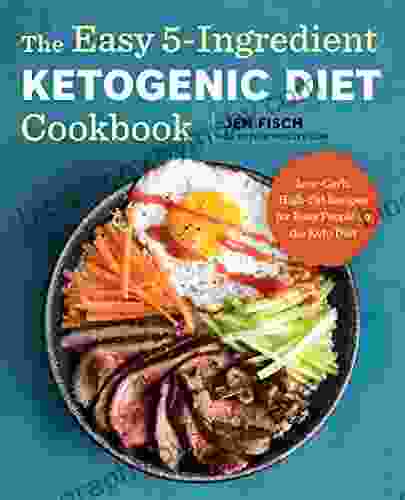
 Juan Rulfo
Juan RulfoThe Easy Ingredient Ketogenic Diet Cookbook: Your...
Embark on a culinary adventure that...
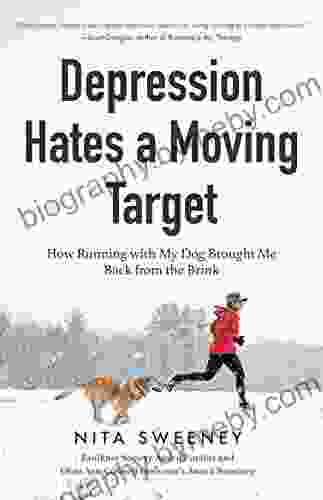
 Zachary Cox
Zachary CoxDepression Hates a Moving Target: A Groundbreaking...
Depression...

 Colin Richardson
Colin RichardsonUnleash Your Spine-Tingling Curiosity: Dive into the...
In the realm of...

 Evan Hayes
Evan HayesMarketing Fashion Portfolio: The Ultimate Guide to...
In the competitive world of fashion, it is...
4.3 out of 5
| Language | : | English |
| File size | : | 277542 KB |
| Screen Reader | : | Supported |
| Print length | : | 96 pages |


